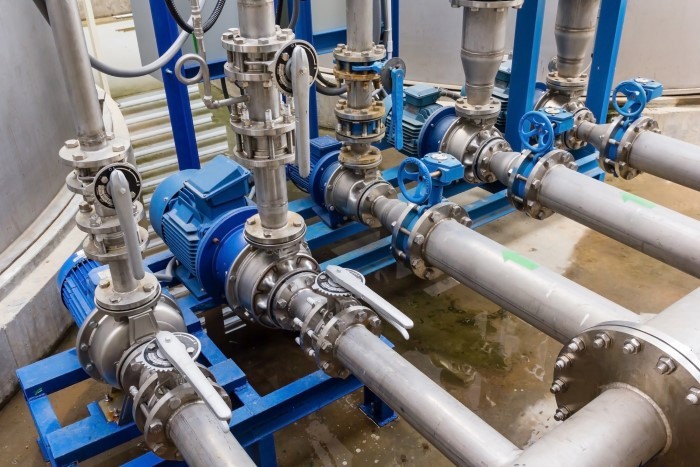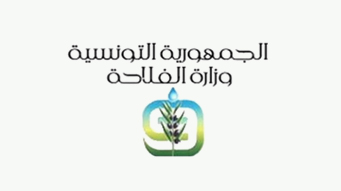
Does the type of plant affect the type of valves used?
The choice of valves in various fluid management plants—such as water treatment plants, power plants, and industrial processing facilities—plays a crucial role in ensuring operational efficiency and safety. Different plant types require specific types of valves due to their unique functional requirements, operating pressures, and fluid characteristics. For example, water treatment plants often rely on gate, ball, and butterfly valves to regulate flow and facilitate complex purification processes, while power plants use specialized control valves to manage steam and gas under varying conditions.
Understanding how plant type influences valve selection is critical, not only for optimizing performance but also for complying with industry regulations and standards. Factors such as system pressure, temperature, and environmental conditions determine the most suitable valves for specific applications, ensuring they can withstand operational demands and provide reliable service over time.
Furthermore, compliance with standards set by organizations such as the International Organization for Standardization (ISO) and the American Petroleum Institute (API) is essential to minimize the risks associated with valve failure and ensure environmental protection.
The importance of this topic lies in the potential consequences of selecting unsuitable valves, which can lead to operational disruptions, safety risks, and increased maintenance costs. Disagreements may arise regarding the adequacy of current standards and industry practices in meeting these requirements. As industries increasingly prioritize sustainability and compliance, the selection of valve materials and designs has become critical to addressing both performance and environmental impacts.
In short, the relationship between the type of plant and the valves used is a fundamental aspect of fluid management systems. The correct valve selection not only enhances operational efficiency but also aligns with evolving safety regulations, cost considerations, and environmental standards, making it a key focus for engineers and facility managers across various sectors.
Types of Plants
In the context of fluid management and control systems, different plant types play a crucial role in determining the appropriate valve type. These plants are classified based on their functions, with each type influencing valve selection due to specific operational requirements.
Water Treatment Plants
Water treatment plants are complex systems that purify water through multiple processes, such as coagulation, sedimentation, filtration, and disinfection. Valves play a crucial role in these processes by regulating flow rates, isolating equipment for maintenance, and ensuring the safe operation of the plant. The most common water treatment valves include gate valves, ball valves, and butterfly valves, which meet various operational needs. The specific requirements of a water treatment plant greatly influence the type of valves selected to achieve optimal performance.
Power Plants
Power plants are industrial facilities that convert energy from various sources into electricity. The processes within power plants require precise control of fluids and gases, making control valves essential for regulating flow, pressure, and temperature. These specialized valves are fundamental to maintaining efficient and safe operation across the complex systems of a power plant. The demand for specific types of valves often depends on the type of power generation process, such as steam, gas, and hydroelectric power.
Industrial Plants
In broader industrial applications, various plants, including pumping stations and treatment plants, require specific types of valves based on operating pressures, flow rates, and fluid characteristics. For example, butterfly valves or gate valves are often used in pumping stations to manage airflow and maintain a stable flow, thus extending the lifespan of pump and piping systems. The type of plant primarily influences the choice of valves used, ensuring that each system operates efficiently and safely.
It is also important to be familiar with industry standards and regulations for selecting the appropriate valve.
Valves in Different Plants
In chemical processing and other industrial applications, valve selection is critical and often depends on the type of plant involved, such as pumping stations, wastewater treatment plants, and water supply plants. Each type of plant has specific requirements that influence the choice of valve types based on function, pressure rates, and material compatibility.
Pumping Stations and Water Supply Plants
In pumping stations and water supply plants, valve selection is primarily influenced by material considerations and pressure rates. Commonly used valve types in these environments include gate valves, ball valves, and non-return valves. Gate valves are particularly favored for their low fluid resistance and cost-effectiveness, making them suitable for isolating fluid flow in larger pipelines. Ball valves, while more expensive, offer superior control capabilities and are often used in applications where precise flow control is critical.
Ball valves are known for their ease of operation and ability to provide a clear visual indication of their open or closed status. Their compact design allows for large volume flows, making them suitable for various applications in pumping stations. Non-return valves, or check valves, are essential for preventing backflow in piping systems. This ensures that fluids do not flow backward, which can cause operational problems and equipment damage.
Wastewater Treatment Plants
In wastewater treatment plants, valve selection plays a vital role in ensuring smooth operation. Commonly used types include gate valves, butterfly valves, and non-return valves. Butterfly valves are advantageous due to their lightweight design.
Its weight and compact design reduce space requirements. It also provides good sealing at low pressures, although its flow control capabilities are limited compared to other valve types.
Proper valve installation and maintenance are essential in wastewater treatment operations to ensure reliable performance. Effective management practices contribute to the efficient and safe operation of these facilities, minimizing the risk of equipment failure.
Factors Affecting Valve Selection
When selecting valves for different applications, several key considerations are taken into account. These can significantly impact valve performance and lifespan in its operating environment. These factors include system pressure, temperature, flow requirements, and cycle frequency.
Valve Types and Their Functions
Valves play essential roles in system equipment, with a variety of types available, each with specific functions. The most common valve types include ball valves, diaphragm valves, non-return valves, needle valves, and others. Most valves can be categorized into five main functions: on/off control, flow control, directional flow, overpressure protection, and overflow protection.
Flow control valves, such as needle and fine-measuring valves, allow operators to reliably adjust flow rates. These valves often require multiple handle turns to transition from fully open to fully closed, and their design can provide excellent flow control and leak-proof shut-off capabilities.
Environmental Conditions
Environmental factors play a crucial role in valve selection. For example, high-pressure systems present challenges related to thermal expansion and stress distribution. The materials used must withstand varying temperatures, with particular attention paid to thermal stress points, such as packing sleeves and guides. High-temperature applications may require special coatings or internal linings to resist corrosion and accommodate thermal expansion. Additionally, the type of liquid or gas being processed influences material selection, as corrosive or high-velocity fluids can lead to corrosion and leakage if unsuitable materials are chosen.
Safety and Compliance
Prioritizing safety and compliance is crucial in industrial environments. Maintenance, repair, and overhaul (MRO) engineers, plant managers, and procurement experts must collaborate closely with reputable manufacturers to ensure that selected valves meet industry standards and are compatible with existing plant infrastructure. This collaboration is particularly important in hazardous applications and when implementing intelligent valve systems, such as electronic automation systems, which require rigorous testing and compliance procedures.
By considering these factors—valve types, environmental conditions, and safety requirements—users can optimize system efficiency and ensure the longevity of valve fittings across various applications.
Read more about the factors influencing valve material selection at CareWater Care Establishment.

























